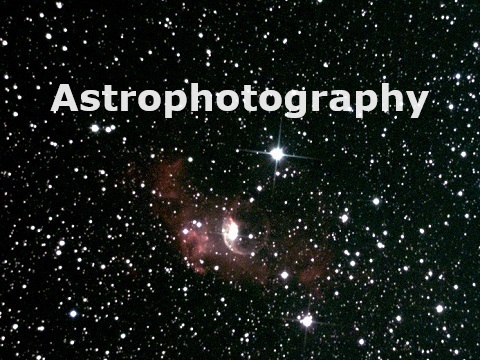
Hidden in the darkness of space are many gems of colors, shapes and sizes. You don't need a Hubble telescope, you can capture amazing images with your own modest equipment...

Musings on existence and thoughts on religion. For whatever reason, here I am. A consciousness in human form existing on planet earth. I can only identify with my own consciousness. I can't identify with someone else's consciousness, I'm not 'inside their head'. I can't read their thoughts. As far as that goes...

Here is a mini-tutorial I created on how to design your own website from scratch. You can make webpages for your own use and enjoyment without being on the internet. Here is enough information to help you build your own webpage like the one I built here with headings, images, links and different fonts.

Wrote this simple game while learning javascript. Writing code for even a simple game like this requires quite a bit of thought. I can't imagine the huge amounts of code it must take to write something like Siri, Alexa or ChatGPT. Figure out the phrase in hangman style. New phrase everyday. Try the Astro Hangman too, it has astronomy phrases.

You can take a hundred photos and maybe only 2 or 3 will turn out that have that special something. Most of these were taken with a Nikon D50 or a Nikon D3200. Here's some of my favorite shots.

Learned how to play guitar many moons ago. I like trying to write music that sets a mood, whether it is sad, upbeat, bluesy, mysterious or haunting. These are a few of my tunes, some co-written with friends. Thanks to Gill, Cheri and Patty.
Friends
Coons Homemade Candy

WorldwideShe

About this site
I like the idea that someone could put together pieces of an interesting subject and present it in an orderly fashion on the internet. So here, I share my interests and hobbies. I like creating musical pieces that have the ability to change or set a mood. I share my interest in photography scenes that catches the eye, hence the name 'Fotosen'. Additionally, I share some thoughts of a mind that has lived over 70 years. Maybe you'll find something interesting or something to think about here.















